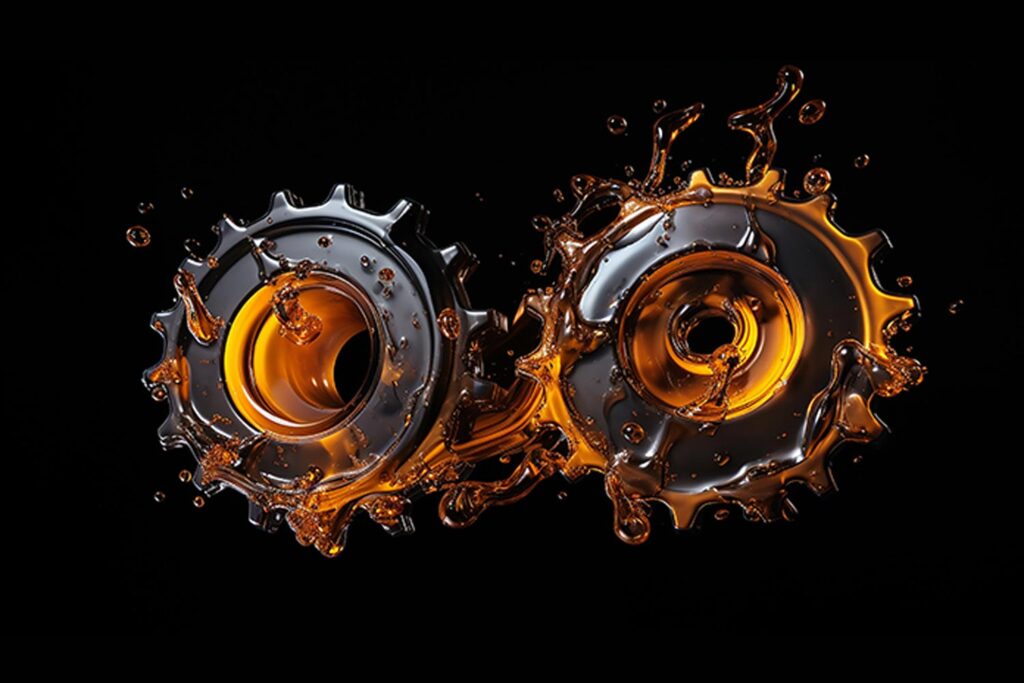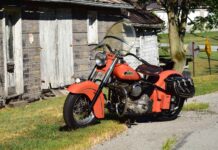At 6,000 rpm, a V-Twin motor’s crankshaft is spinning 100 times a second, with pistons screaming up, slamming to a complete halt, and reversing direction almost instantaneously, each cylinder enduring 50 explosions every second. Valves are opening and closing, springs are bouncing like mad, and bearings – along with everything else in there – are moving, moving, moving!
The unsung hero in all this boogieing is the oil that lubricates all the components inside your engine. For the average rider, here’s the bottom line when it comes to motorcycle oil: You can’t go wrong by following the recommendations given in your owner’s manual. Motorcycle manufacturers test their engines with a crankcase full of the specified oil (or one with the same American Petroleum Institute rating), so you can be sure that particular oil will do the job in stock engines.
Motorcycle manufacturers design hardware compatible with the oils they know you’ll be able to find. But will it do the job better than any other oil or if the engine has been modified?

Motorcycle Oil Base Stocks
There are a few basic types of oil for reciprocating engines: castor, conventionally refined petroleum, hydro-cracked petroleum, and synthetics.
Castor-based oils are, first of all, natural. It’s not unusual to hear it called “bean oil” because it comes from the castor bean, not pumped out of the ground. It’s the stuff that smells so good at dirt-track races, but beyond that, it has only one advantage: It’s really slippery! Otherwise, there are so many problems associated with castor-based oils that they are rarely used today, mostly only for vintage racing.
Petroleum oil stocks need no introduction. They are the backbone of engine lubricants. The vast majority of the market is refined crude oil. Regular Harley-Davidson 360 (20W-50) oil consists of about 85% conventionally cracked petroleum-oil base stocks.
Hydro-cracked oil stocks start with regular crude oil, but unlike conventional refining, the process involves heating crude oil in a furnace to 600-700 degrees Fahrenheit. The light gases and liquids rise to high trays in the still, while heavier oils settle on the lower trays to be sent back to the cracker furnace and reheated under nearly a ton of pressure.
The distilled oil resists oxidation as much as three times longer, generates 90% less acid, and – because it’s more than 90% pure – has 50% less sludge than conventional oil. From there, add a few catalytic chemicals, and you’ve got a finished product.
When the base oil does more of the work, additives can do their job more efficiently. Hydro-cracked motorcycle oils have roughly the same amount of protective additives as conventional oils but offer better durability, taking more than twice as long to break down.
Given normal usage and maintenance, V-Twin engines will live long and happy lives on the oils specified in your owner’s manual. Even vintage air-cooled H-D powerplants should be fine. But what has ever defined “normal usage” for a Harley?
This leads us to synthetic oils, which offer superior protection and are in a class all their own. We’ll explore them and more in our next installment. Don’t let it slip by you.



















If H-D 360 Dino oil can go 5K miles, why can’t the H-D Syn oil go more than 5K miles? AMSOIL 20w-50 V-Twin oil can go 10K miles! See my AMSOIL ad, “Start a Shop” in the American Rider “Marketplace”! I am the Sponsoring AMSOIL Dealer for Laconia H-D, Bike Week is soon! See you in N.H., Ride Safe, Boston Jim